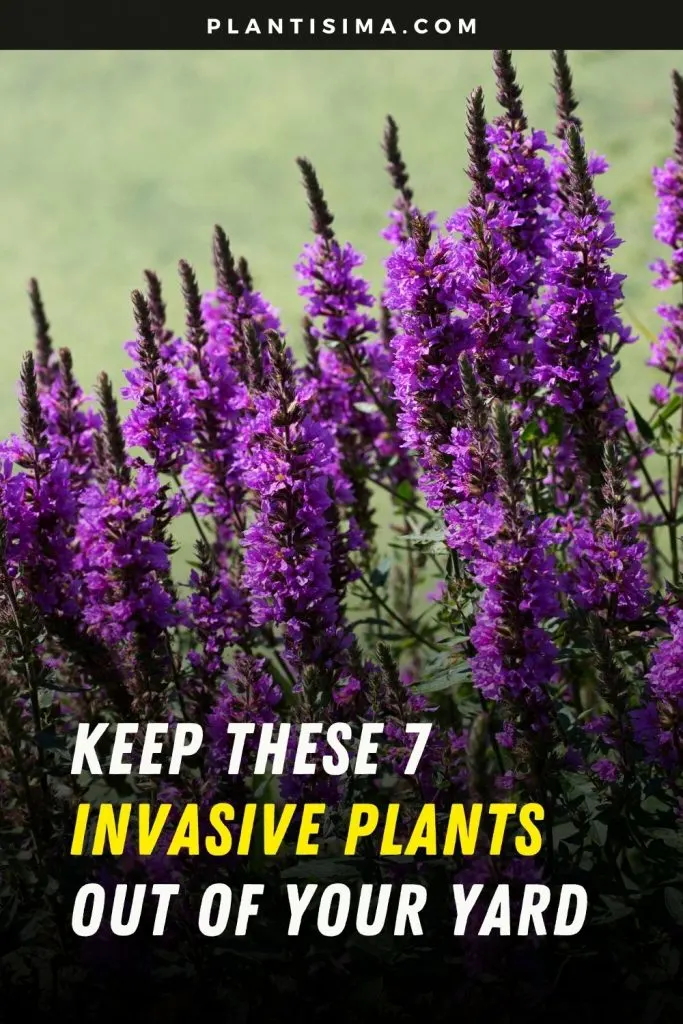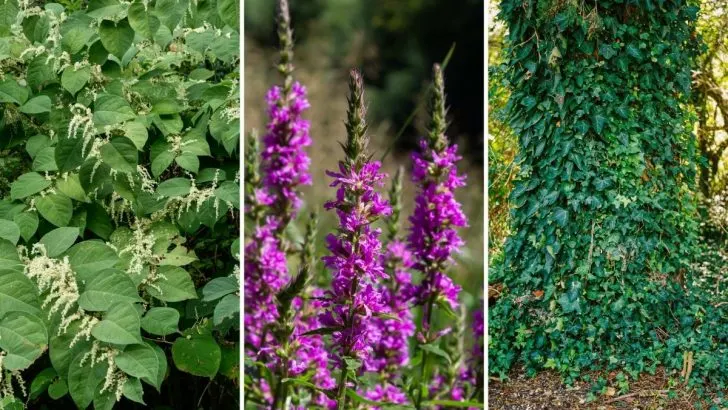Invasive plants can silently take over your garden, spreading like wildfire and choking out native plants. While these invaders may seem harmless at first, they disrupt the natural balance of your yard’s ecosystem.
Left unchecked, they can lead to a reduction in local biodiversity, damage property, and even attract unwanted pests.
To keep your garden healthy and thriving, it’s crucial to be able to identify and tackle these invaders before they get out of hand. In this post, we’ll guide you through the key invasive species to watch for, how to spot them early, and most importantly, how to get rid of them effectively.
Yellow Flag Iris: A Lurking Waterway Menace
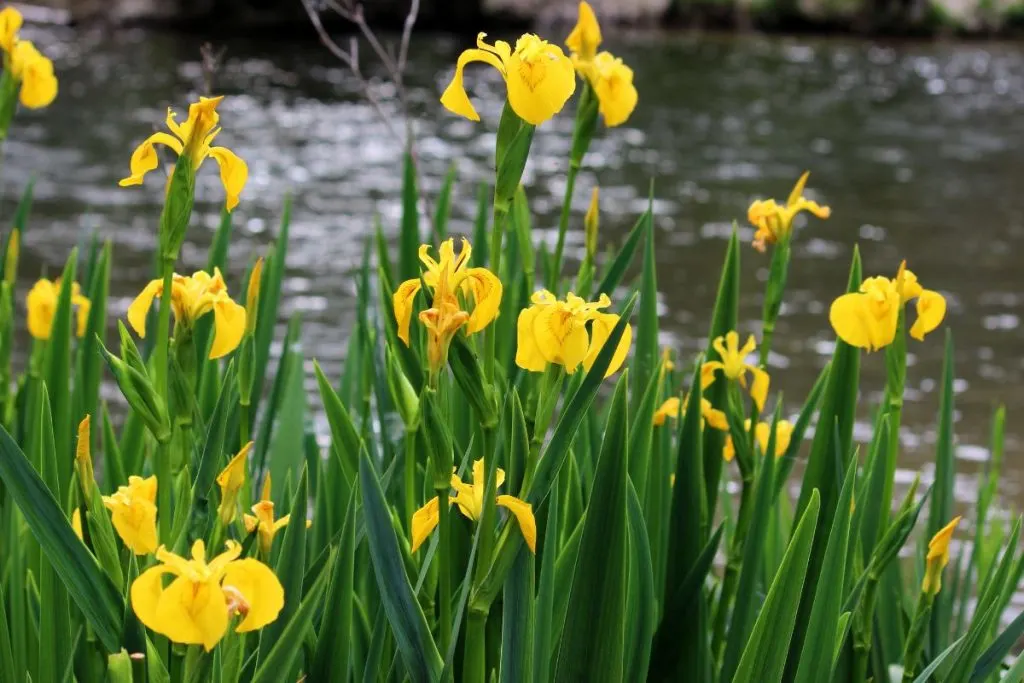
Don’t let its cheerful yellow flowers fool you; the yellow flag iris is a serious threat to aquatic ecosystems. This plant spreads aggressively in ponds, streams, and wetlands, choking out native plants and altering water flow. Its thick rhizomes create dense mats that are nearly impossible to remove once established.
What’s worse, handling it without gloves can cause skin irritation due to its toxic sap. While it’s often sold as an ornamental water plant, planting it can lead to unintended consequences for nearby natural habitats. Avoid adding this invader to your garden, no matter how tempting its blooms may look.
Tree-of-Heaven: The Pest Magnet
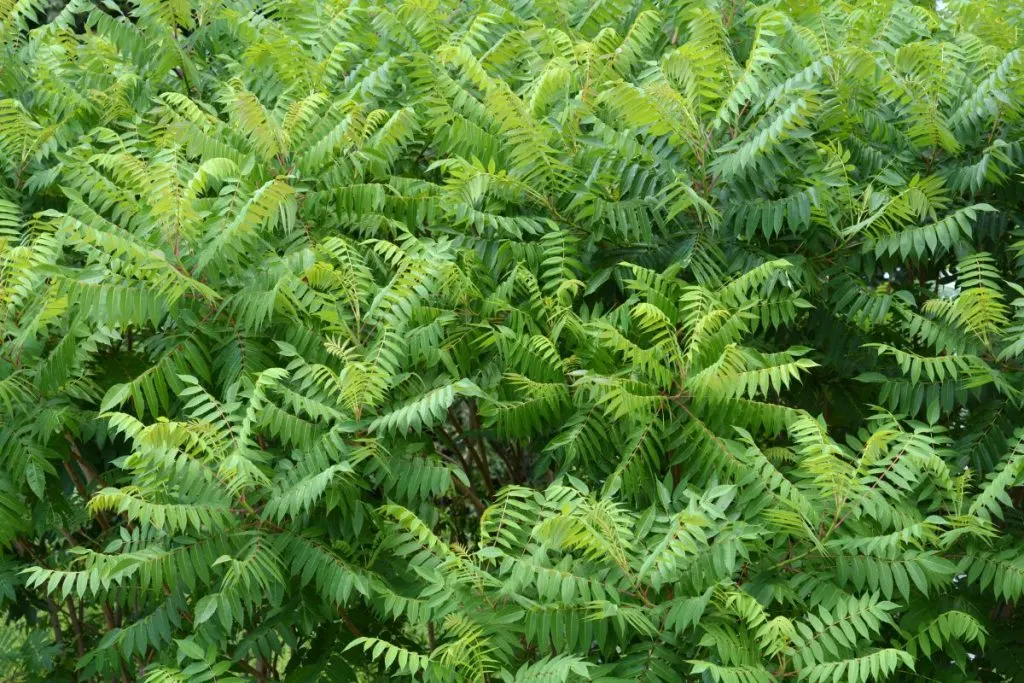
The name might sound heavenly, but this fast-growing tree is anything but. Tree-of-Heaven spreads like wildfire, outcompeting native trees and shrubs with its allelopathic chemicals that inhibit the growth of nearby plants. Its seeds scatter far and wide, making it a persistent problem in both urban and rural areas.
In addition to being invasive, this tree attracts pests like the spotted lanternfly, which can wreak havoc on other plants. Its unpleasant odor and weak wood only add to its list of negatives. If you spot one growing in your yard, act quickly to remove it before it takes over.
Creeping Jenny: The Ground Cover Gone Wild
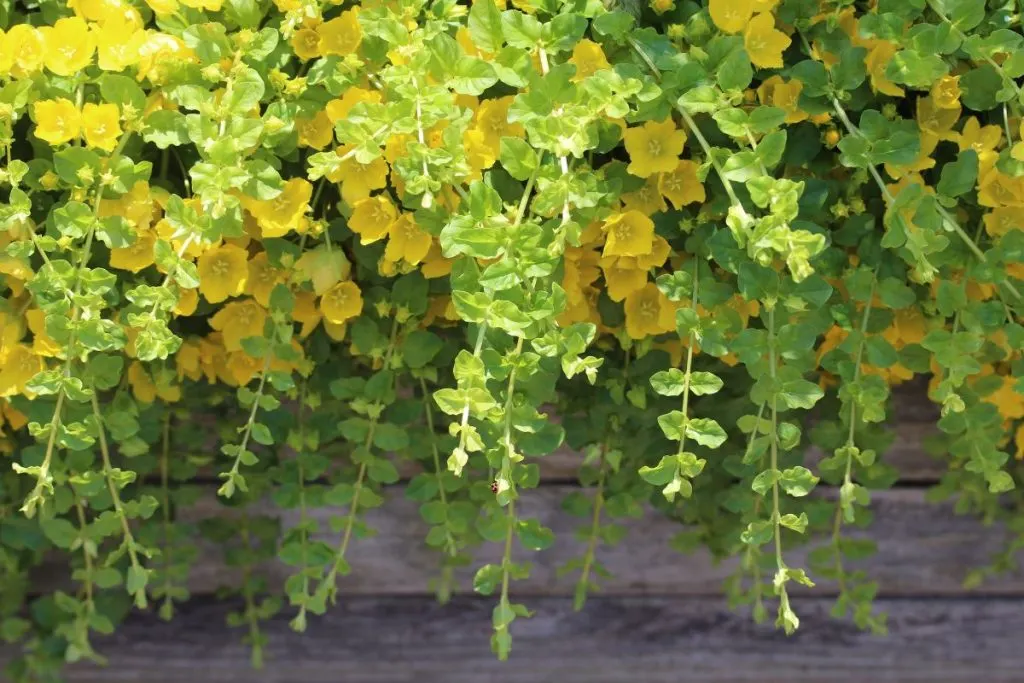
At first glance, creeping Jenny seems like an attractive option for ground cover, with its bright green leaves and trailing habit. However, once it escapes the garden, it transforms into a relentless invader. It spreads rapidly through lawns, flowerbeds, and even waterways, smothering native plants in its path.
Its ability to root at every node makes creeping Jenny incredibly hard to control. While it’s marketed as a low-maintenance plant, the reality is that its rampant growth can quickly spiral out of control. Choose native ground covers instead to avoid the headaches this plant can cause.
Kudzu: The Vine That Swallows Everything
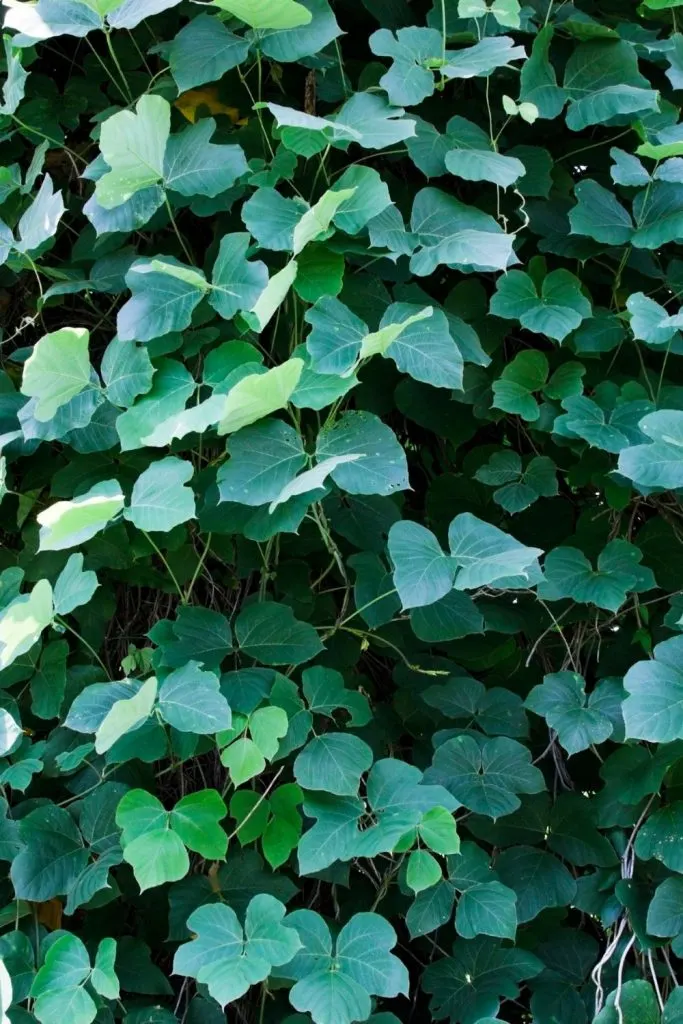
Kudzu is notorious for its rapid growth, sometimes up to a foot a day. It can completely smother native vegetation if not managed quickly. To remove kudzu:
• Cut the vines regularly and apply herbicide to the stumps.
• Dig out the root crowns to prevent regrowth.
Giant Hogweed: Dangerous and Destructive
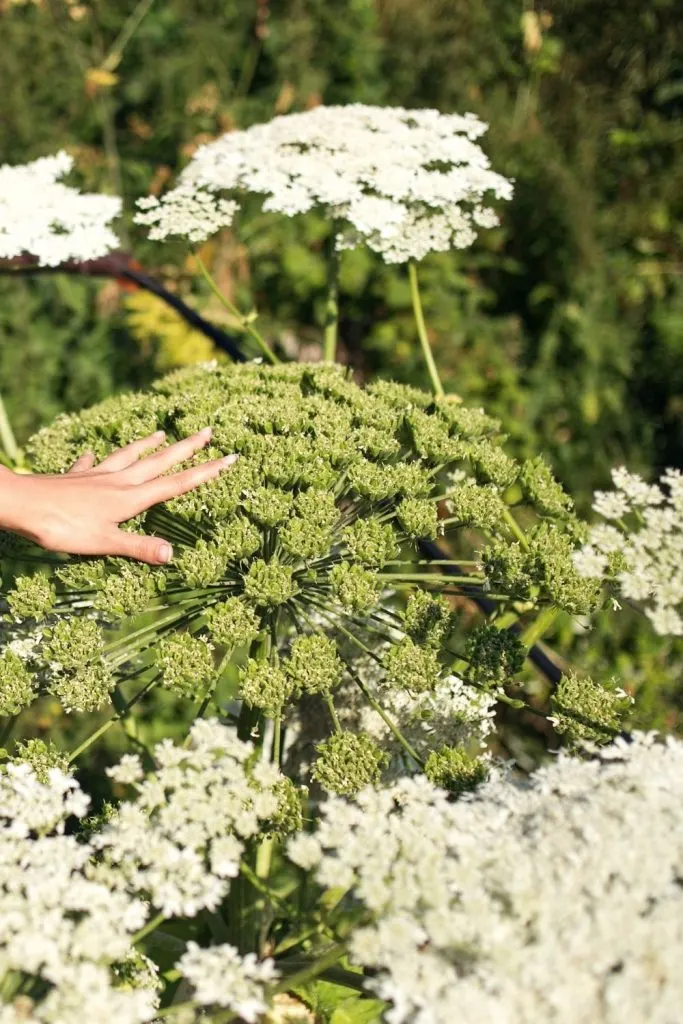
Growing up to 14 feet tall, Giant Hogweed not only crowds out native plants but its sap can cause severe burns. Here’s how to stay safe:
• Wear protective gear when removing the plant.
• Carefully dig out the roots and dispose of them.
Garlic Mustard: The Silent Spreader
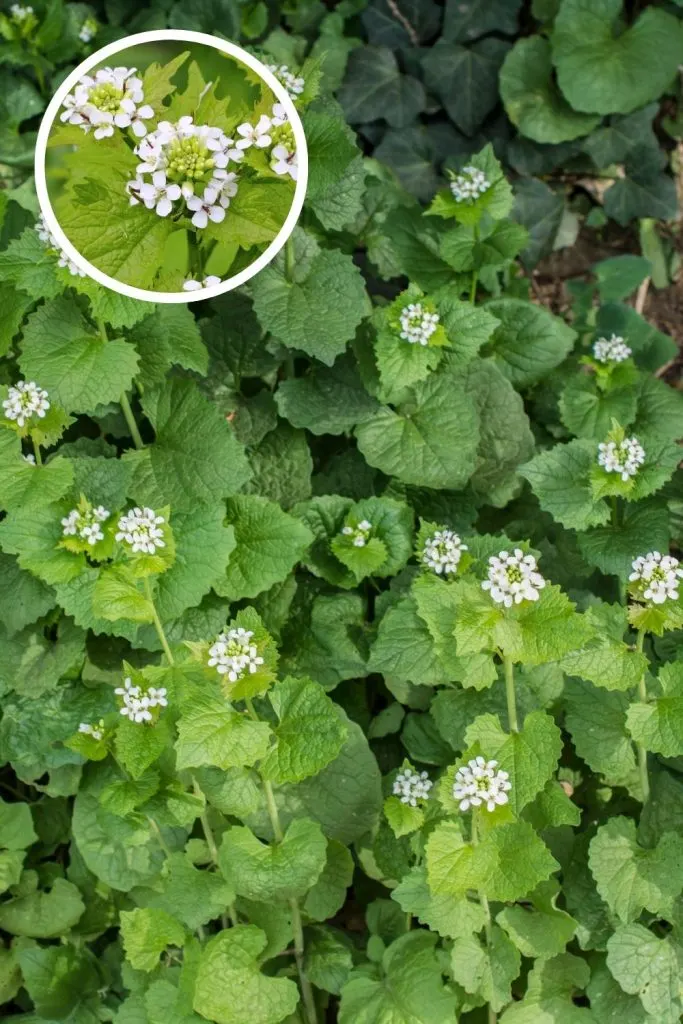
Garlic Mustard grows quickly and can outcompete many native species. Keep it under control by:
• Hand-pulling young plants.
• Cutting the stems before they seed.
• Using herbicides in early spring.
Japanese Knotweed: The Foundation Wrecker
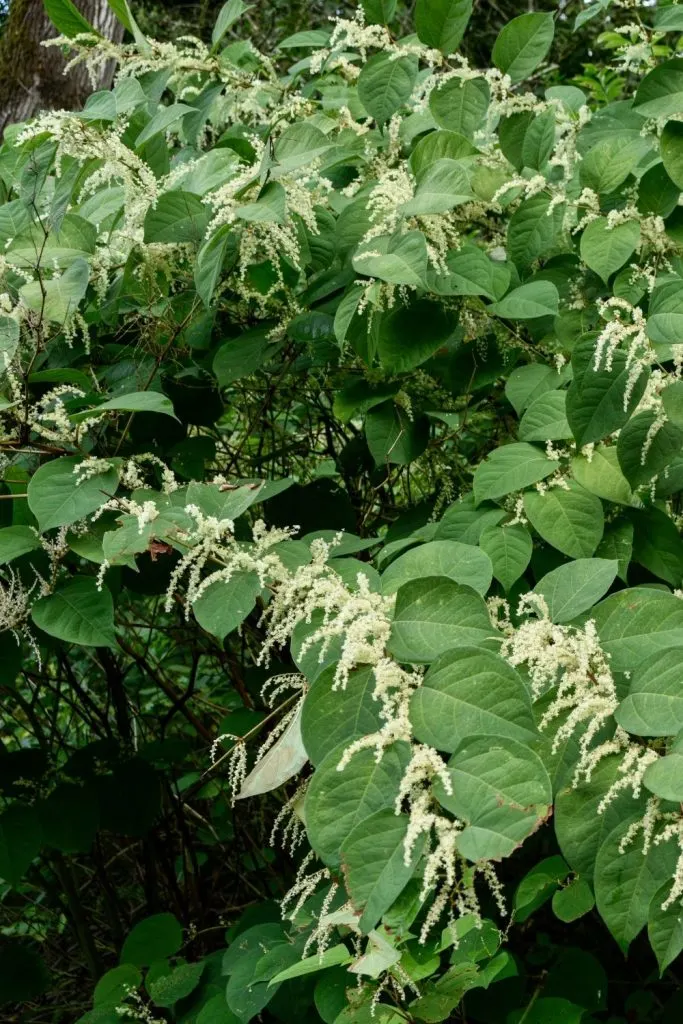
Japanese Knotweed can damage buildings and roads with its extensive root system. To combat this, you can:
• Regularly mow and apply glyphosate-based herbicides.
• Monitor for any signs of regrowth.
Purple Loosestrife: A Threat to Wetlands
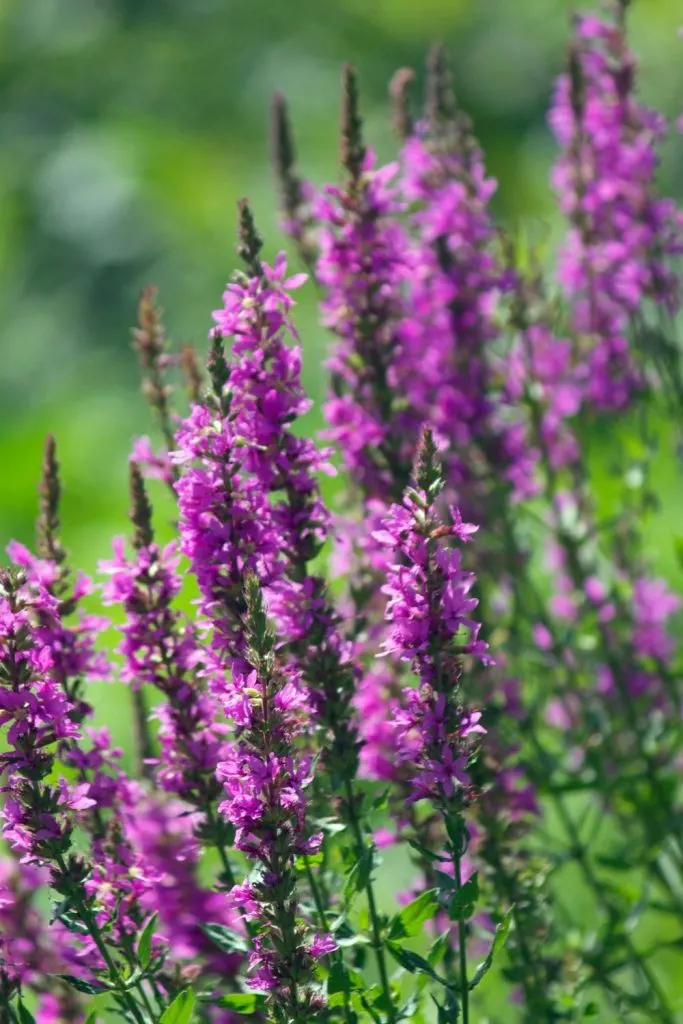
This vibrant plant can destroy wetland ecosystems by outcompeting native species. Your best options for removal are:
• Pulling young plants by hand.
• Consulting professionals for biological control methods.
English Ivy: Beauty with a Dark Side
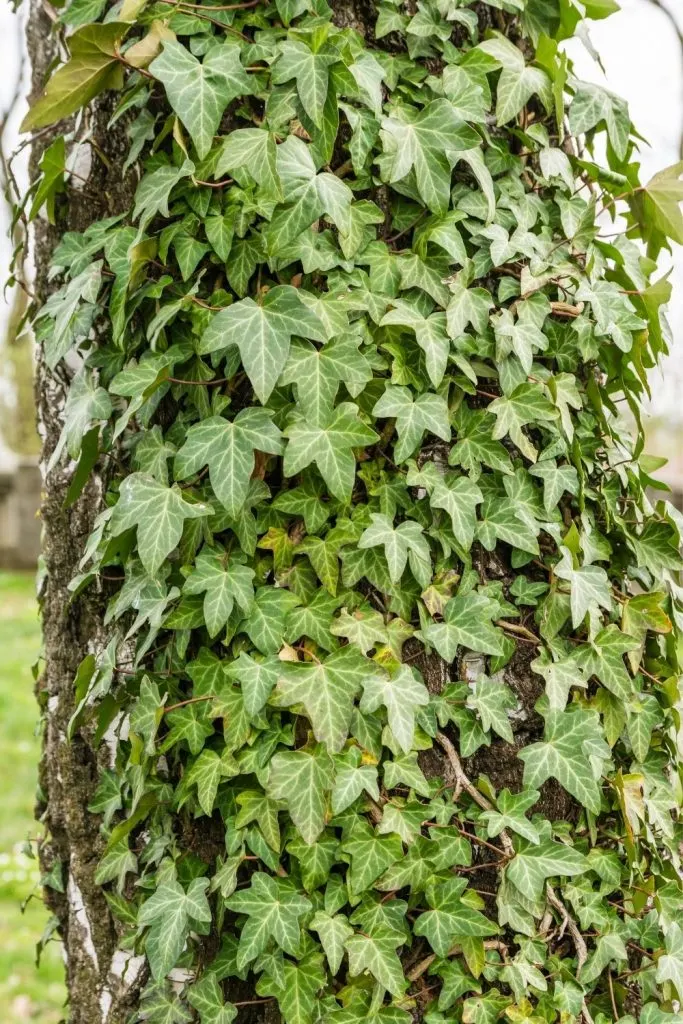
Though often grown for its looks, English Ivy can suffocate other plants. Manage it by:
• Trimming back the vines regularly.
• Hand-pulling or applying herbicides where necessary.
Phragmites: The Marsh Invader

Phragmites often takes over marshy areas, crowding out native species. To remove it:
• Cut or mow the plants before they produce seeds.
• Replant the area with native species to prevent regrowth.
Spotting the Early Signs of Invasive Plants
Catching invasive plants early is key to managing them effectively. Here’s how to recognize them:
• Physical Traits: Invasive plants often have unusual leaf shapes, rapid growth patterns, or vibrant flowers. For example, Kudzu’s thick vines can easily distinguish it from most native species.
• Growth Behavior: Many invasive species grow faster than native plants, forming dense clusters that can crowd out other species.
• Preferred Habitats: Look for invasives in areas with disturbed soil, wetlands, or forest edges.
By paying attention to these clues, you can detect invasive species before they become a major problem.
The Environmental Impact of Invasive Plants
Allowing invasive species to run unchecked can have significant environmental consequences. These plants reduce biodiversity by outcompeting native species, sometimes driving them to local extinction. This loss of biodiversity makes the ecosystem more fragile, leading to further problems like soil degradation, water shortages, or even increased pest populations.
Protecting native species not only benefits your garden but the surrounding environment.
How to Remove and Prevent Invasive Plants
Once invasive plants are in your garden, it’s important to act quickly. Here are some tried-and-true methods:
Manual Removal
For smaller infestations, hand-pulling is often effective, especially for shallow-rooted plants like garlic mustard. Use tools like garden forks for deep-rooted species.
Chemical Control
Herbicides can be a good option for more established invasions. Use targeted herbicides to avoid harming non-invasive plants.
Biological Control
In some cases, you can introduce natural predators to control invasive species. Consult a professional before using this method to avoid unintended consequences.
Preventing Invasives in the Future
The best way to deal with invasive plants is to prevent them from entering your yard in the first place. Make sure to:
• Choose native plants over invasive ones.
• Avoid taking plants from unfamiliar sources.
• Regularly inspect your garden for early signs of invaders.
By adopting these preventative measures, you’ll keep your garden thriving and free of unwanted guests.
